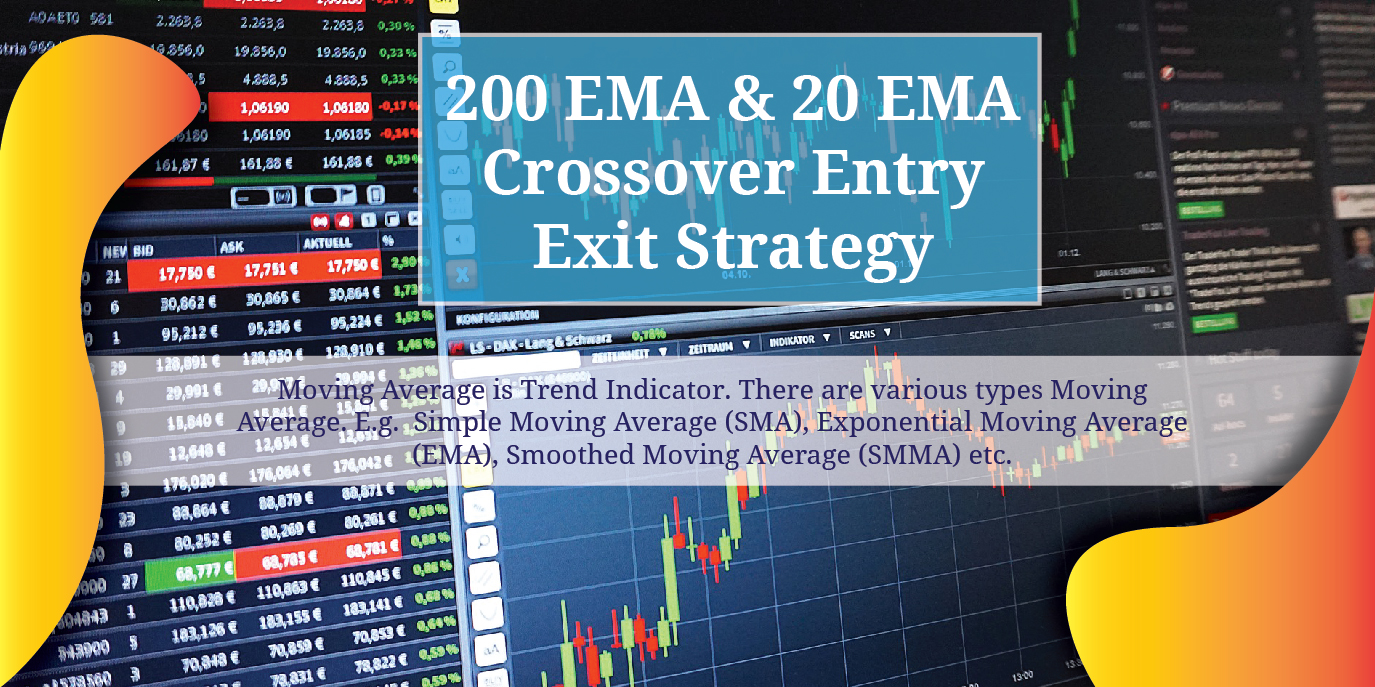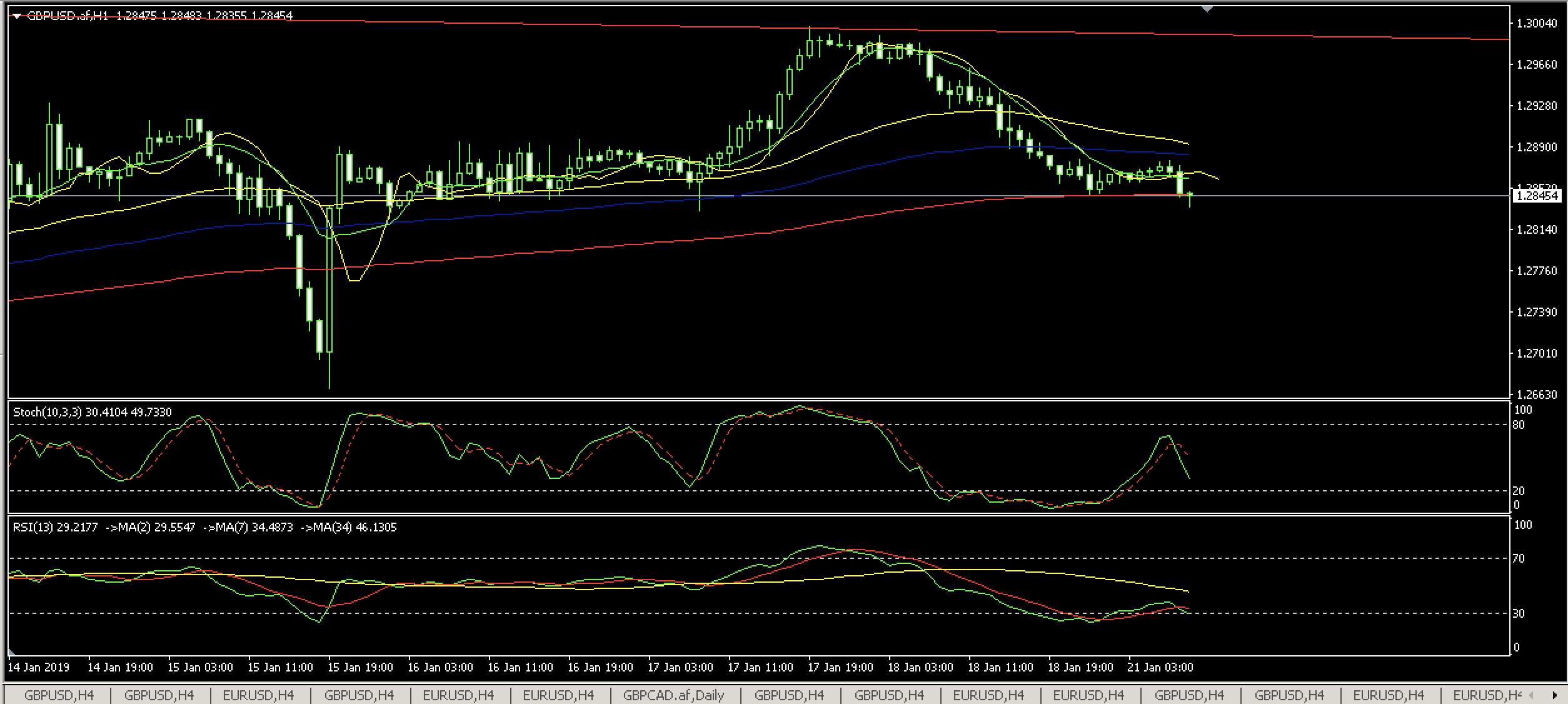

That’s because, the more trades you take, the less fluctuations you are going to have in your winrate number. Similarly, if strategy got a 65 percent winrate after 100 trades, it is probably not going to get a 30 percent winrate after 200 or more trades. Now remember, if a strategy got a 35 percent win rate after 100 trades, it is probably not going to get a 60 percent winrate after 200 or more trades.

MACD zero lag with 200 E MA, would have also made a profit on this new market structure. And it went slightly up at the end, because in the new market structure, the price was trending strongly, and few trades were won in a row. The win rate was just as bad as last time. On the same market structure, changing the moving average didn’t make a significant difference to the winrate. So I had to take more trades to reach the 100 trades mark. What made it do that? The winrate with 50 E MA was as bad as the winrate with 200 E MA right? Well, yes! With a 50 period moving average, the MACD zero lag strategy gave less entry signals in the same time period. But, if you look at the profit graph, you will see that it went up near the end. So the MACD zero lag with the 50 E MA filter, was not that better than the MACD zero lag with 200 E MA filter. That’s because, some of the trades that were lost last time, were filtered by the 50 E MA, but it also filtered some of the winning trades. If you look at the profit graph, you will notice that it still looks very similar to the previous one. To find out if it actually works in the long run, and to find out if a different moving average can magically turn one of the worst trading strategies into a profitable one, I took 100 trades with it, and here’s what I found out. This doesn’t mean the MACD zero lag strategy will magically become profitable with the 50 E MA. If we plot both 50 and 200 E MA on the same chart, and insert the Zero Lag MACD indicator that lost money in the last video, you can see, that the False signals that were valid with the 200 period moving average, were filtered with the 50 period moving average. As you can see, the 200 E MA was acting as a support, and price made a move up and the profit target was hit. For example, here’s a trade analysis I shared on Patreon. Moving averages, especially the 200 period moving average, also works as a good support and resistance in a trend. And when the price is trending strongly in one direction, you can use the moving averages to find the average price, instead of buying and selling at the extreme top and extreme bottom. So when the price is in a range, you can use the moving average to filter bad trades setups. In simple words, moving averages are nothing but averages of the previous candles. Since I have already explained what a Zero Lag MACD is, and the strategy based around it in the last video, lets focus on the 200 and 50 period moving averages this time.


 0 kommentar(er)
0 kommentar(er)
